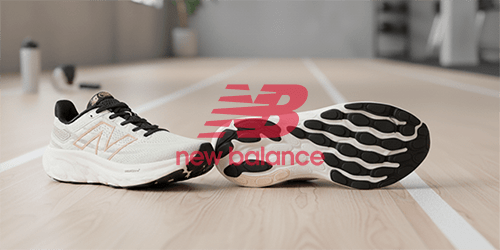Spending extended periods sitting is an unavoidable reality for most modern professionals. However, this sedentary routine often leads to tight hips, hunched shoulders, and chronic neck pain, all of which sabotage productivity and focus. The key to combating this is not an intense gym session, but frequent, simple movement breaks.
The most effective approach is to integrate small, discreet stretches right into your workday. These simple desk stretches can be done while sitting or standing next to your chair, requiring zero special equipment and minimal time.
This post will walk you through a series of essential movements designed to counteract the common pains of desk work, focusing on the neck, shoulders, upper back, and hips.
Neck and Shoulder Tension Busters
These stretches target the areas most affected by holding a phone or leaning in towards a monitor. They are great for quick, subtle relief.
1. The Chin Tuck
This is a powerful, discreet exercise that strengthens deep neck muscles and helps correct forward head posture.
- How to Do It: While sitting up tall, look straight ahead. Gently slide your chin straight back, as if you are making a double chin. Keep your gaze level; do not tilt your head down. Hold the contraction for 5 seconds, then relax. Repeat 10 times.
- Why it Works: It pulls your head back over your spine, relieving strain on your neck and upper trapezius muscles.
2. Seated Shoulder Rolls
This stretch brings mobility and warmth back into the shoulders, which tend to slump and tighten throughout the day.
- How to Do It: Take a deep breath in and lift your shoulders up toward your ears. As you exhale, roll them back and down, squeezing your shoulder blades together slightly. Perform 10 repetitions in the backward direction, then reverse and perform 10 repetitions rolling forward.
- The Benefit: This is a fantastic reset for posture and helps reduce the tension knots that build up at the base of your neck.
3. Cross-Body Shoulder Stretch
This targets the large muscles across the back of the shoulder and is one of the quickest ways to relieve a tight upper back.
- How to Do It: Extend your right arm straight out. Bring it across your chest and use your left forearm to gently pull the right arm closer to your body. Do not pull on your elbow joint. Hold the stretch for 20 to 30 seconds. Release and repeat with the left arm.
- Smart Habit: Ensure your shoulder stays down and relaxed; avoid shrugging it up towards your ear during the stretch.
Upper Back and Torso Mobility
These stretches address the stiffness caused by sitting hunched over, opening the chest and improving spinal flexibility.
4. Seated Torso Twist
This improves spinal mobility and can help with lower back stiffness from prolonged sitting.
- How to Do It: Sit tall with both feet flat on the floor. Inhale. As you exhale, gently twist your torso to the right, placing your right hand on the back of your chair and your left hand on the outside of your right thigh for leverage. Hold for 30 seconds, focusing on lengthening your spine with each inhale. Slowly return to center and repeat on the left side.
- The Benefit: It is a gentle decompression for your spine that also stretches the muscles running alongside your back.
5. Seated Chest Opener
Sitting often causes your chest muscles to tighten and your back muscles to weaken. This stretch counteracts the hunch.
- How to Do It: Remain seated. Clasp your hands together behind your back, interlocking your fingers. Keeping your arms relatively straight, gently squeeze your shoulder blades together and lift your hands a few inches away from your body until you feel a stretch across your chest. Hold for 15 to 20 seconds.
- Why it Works: It is one of the best ways to manually open the chest and improve upright posture instantly.
Lower Body and Hip Release
Sitting contracts the hip flexors, which can lead to lower back pain. These stretches are essential for anyone who sits for more than a few hours.
6. Seated Figure-Four Stretch
This stretch is excellent for loosening the piriformis muscle and the deep glutes, which contribute significantly to sciatic and low back discomfort.
- How to Do It: Sit up straight. Cross your right ankle over your left knee (forming a number four shape with your legs). Inhale to lengthen your spine. As you exhale, gently lean forward until you feel a moderate stretch in your right hip and glute. Hold for 30 seconds. Switch legs and repeat.
- Smart Tip: You can do this discreetly by simply crossing your leg and keeping your back straight, without leaning forward aggressively.
Conclusion
Incorporating these simple desk stretches for a healthy workday is not just about feeling better in the moment; it is a vital preventative measure against long-term strain and injury. Make it a habit to perform one stretch every 30 to 60 minutes. Setting a quick timer can be a great reminder. By prioritizing these small moments of movement, you ensure your body remains flexible and strong, allowing you to focus on your work with greater comfort and energy.




